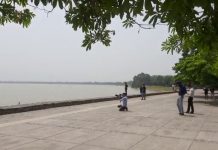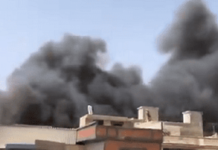What is it? It was a series of nationwide protests, marches and civil unrest in Burma (Myanmar) that peaked in August 1988. Key events occurred on 8 August 1988 and therefore it is known as the 8888 Uprising.
Why in News? August 8 marks the 30th anniversary of this uprising.
Overview of the uprising:
‘8888’ was a people’s movement that challenged the then ruling Burma Socialist Programme Party’s grip on political, economic and social affairs which led the country into extreme poverty.
The objective of ‘8888’ was two-fold: to push for the transfer of power from the military to a civilian leadership and a change in the political system from an authoritarian regime to a multi-party democracy.
Outcomes:
The protests and the bloody crackdown gave rise to the National League for Democracy (NLD), a political party which paved the way for the current Myanmar State Counsellor, Aung San Suu Kyi’s entry into politics and for the pro-democracy movement to continue.
The present set up:
The democratic transition in Myanmar thus far has been meticulously designed by the military. The primary objective, which is laid out in the country’s 2008 Constitution, is to give the military a dominant role in politics. In a parallel to the ‘Burmese way to socialism’ introduced by former military leader Ne Win in the 1960s, Myanmar now practices what can be called the ‘Burmese way to democracy’ as introduced by former Prime Minister Khin Nyunt in 2003 when he announced the military’s seven-step road map to a flourishing democracy.








































